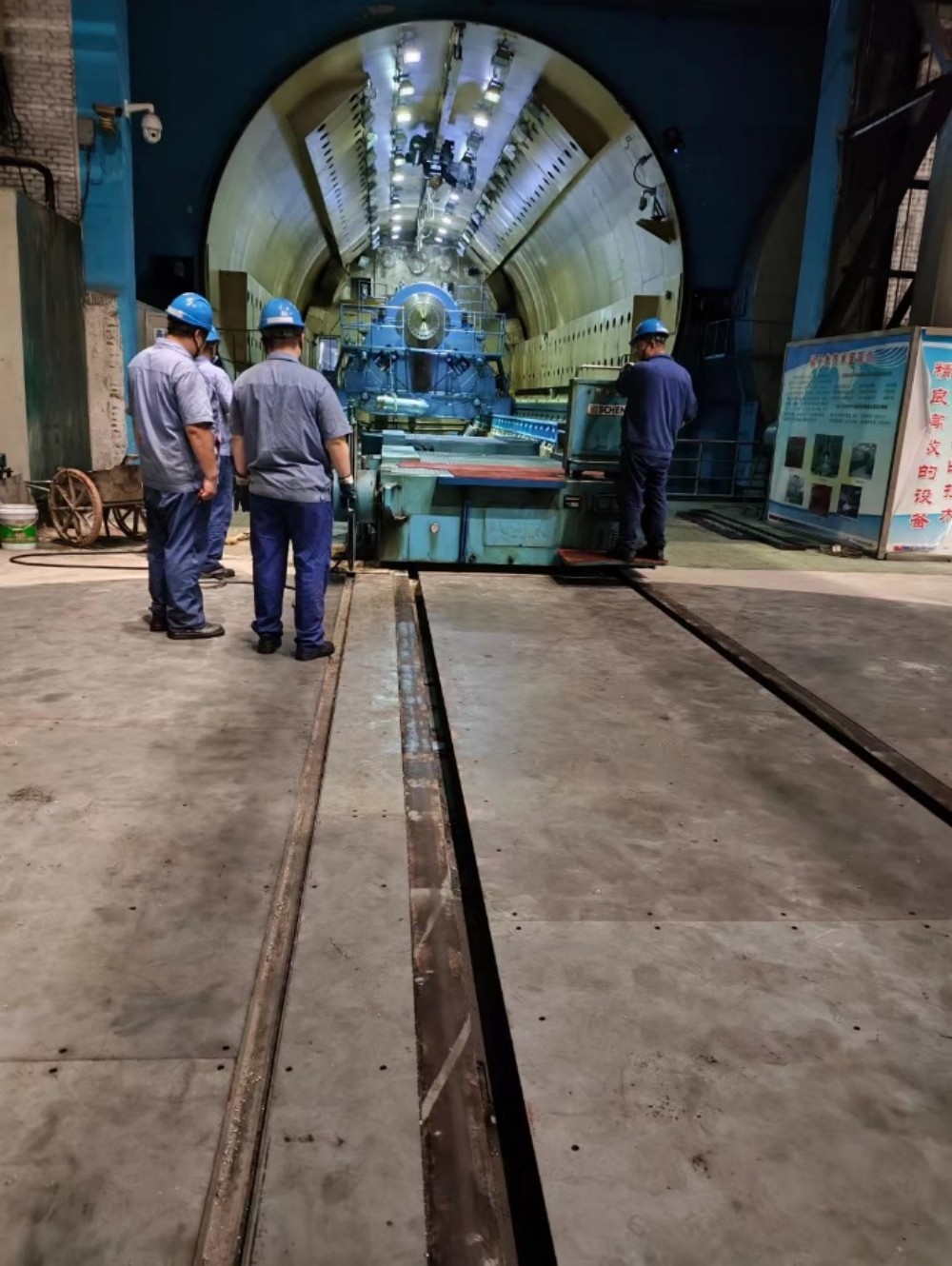In the realm of automotive engineering, the complexity and sophistication of modern cars are truly remarkable. Behind the sleek exteriors and comfortable interiors lies a symphony of mechanical parts working in perfect harmony. In this article, we will delve into the intricate web of mechanical components that make up a car, exploring their functions, interconnections, and the sheer number of parts involved.
- The Powertrain:
At the heart of every car lies the powertrain, responsible for generating and transmitting power to the wheels. It comprises several key components, including the engine, transmission, driveshaft, differential, and axles. The engine, a marvel of engineering, converts fuel into mechanical energy, while the transmission ensures the power is efficiently distributed to the wheels. The driveshaft transfers power from the transmission to the differential, which, in turn, enables the wheels to rotate at different speeds during turns. - Suspension and Steering System:
To ensure a smooth and controlled ride, cars are equipped with suspension and steering systems. The suspension system consists of various components, such as springs, shock absorbers, control arms, and anti-roll bars. These components work together to absorb shocks, maintain tire contact with the road, and provide stability. The steering system, on the other hand, includes components like the steering wheel, steering column, rack and pinion, and tie rods, enabling the driver to control the direction of the vehicle. - Braking System:
Safety is paramount in automobiles, and the braking system plays a crucial role in ensuring it. The braking system consists of numerous components, such as brake pads, calipers, rotors, brake lines, and the master cylinder. When the driver applies the brakes, hydraulic pressure is generated, causing the brake pads to clamp onto the rotors, resulting in the vehicle's deceleration or stopping. - Electrical and Electronics:
Modern cars are becoming increasingly reliant on electrical and electronic systems. These systems encompass a vast array of components, including the battery, alternator, starter motor, ignition system, sensors, actuators, and the intricate wiring harnesses that connect them all. They are responsible for powering the vehicle's electrical systems, controlling engine functions, managing safety features, and providing comfort and convenience to the occupants. - Ancillary Systems:
Apart from the major systems mentioned above, a car also incorporates numerous ancillary systems. These include the HVAC (Heating, Ventilation, and Air Conditioning) system, which ensures a comfortable cabin environment, as well as the exhaust system, fuel system, cooling system, and various fluid reservoirs. Each of these systems comprises multiple components, all working together to ensure optimal performance and functionality.
Conclusion:
As we have explored, the number of mechanical parts in a car is staggering. From the powertrain to the suspension, braking, electrical, and ancillary systems, each component plays a vital role in the overall functioning of the vehicle. Understanding the intricate web of mechanical components not only highlights the complexity of automotive engineering but also emphasizes the importance of regular maintenance and care to ensure a safe and reliable driving experience. So, the next time you sit behind the wheel, take a moment to appreciate the countless mechanical marvels that enable your car to transport you effortlessly from one destination to another.



More Stories
Ensuring Optimal Performance with Your Golf Cart Main Wiring Harness
How CNC Aluminum Machining Supports High-Performance Industrial Applications
Heavy-duty Steam Turbine Rotor Turntable Launched, Overcoming Challenges in the Transportation of Large Energy Equipment